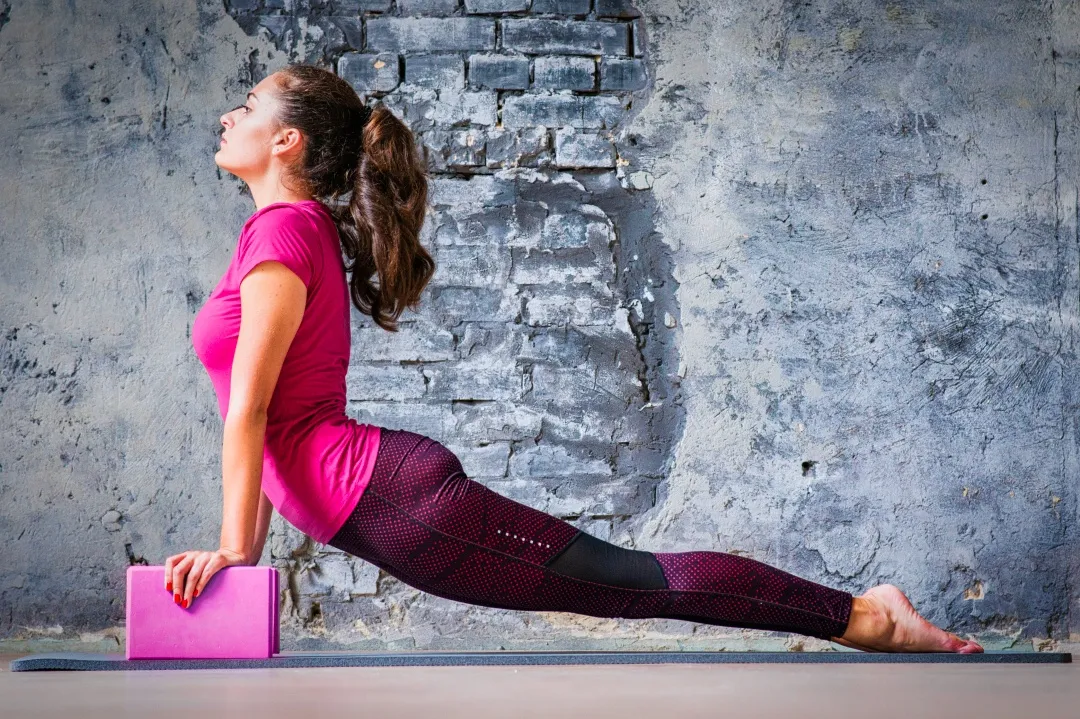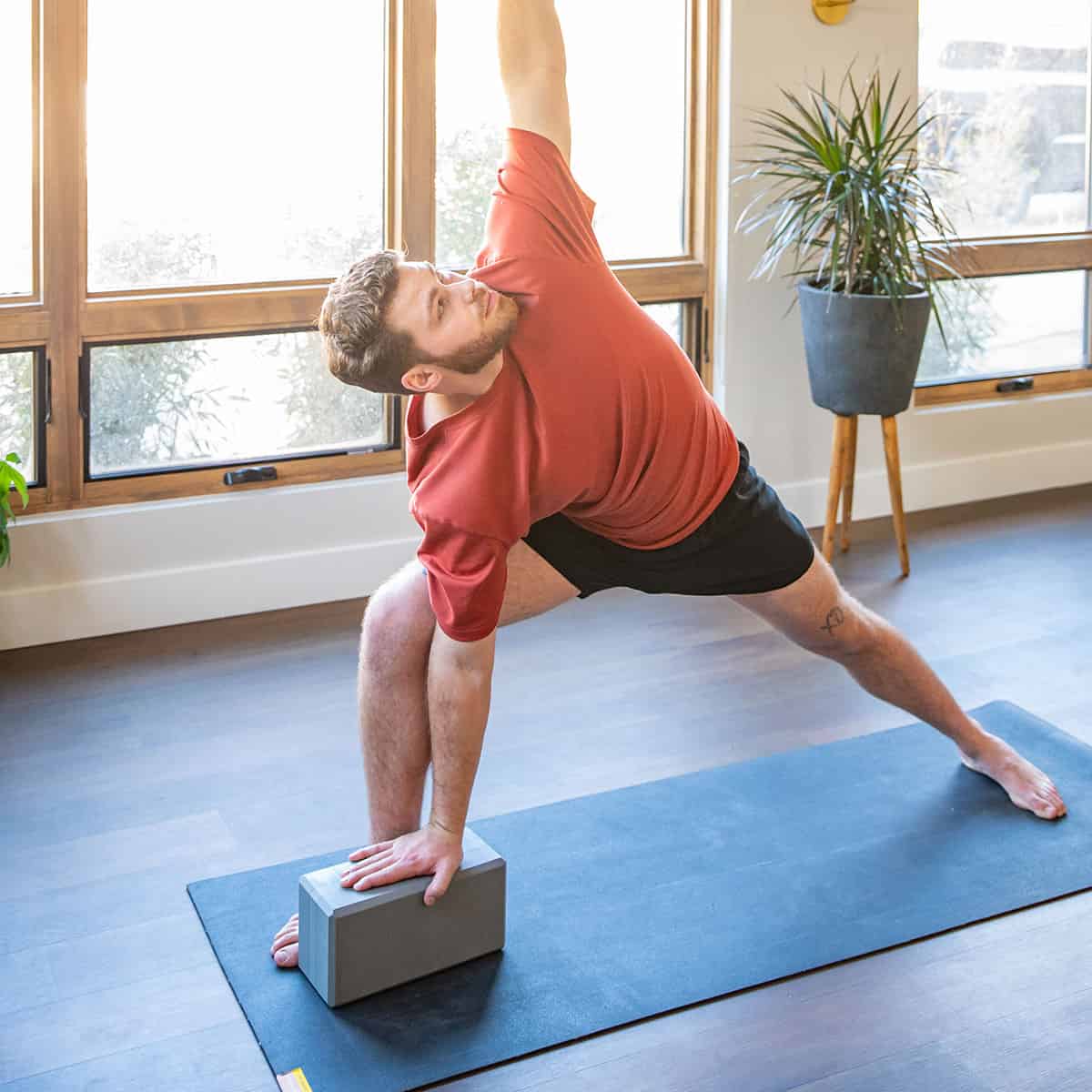Yoga blocks are a popular yoga accessory that can help practitioners of all levels improve their form, flexibility, and stability. Whether you’re a seasoned yogi or a beginner, adding yoga blocks to your practice can be a game-changer.
In this article, we’ll explore everything you need to know about yoga blocks, including what they are, how they work, and the different types available.
What Are Yoga Blocks?
Yoga blocks are rectangular-shaped foam or cork blocks that are used to support and deepen yoga poses. They come in a variety of sizes, but the most common dimensions are 9 inches by 6 inches by 4 inches.
These blocks are lightweight and easy to carry, making them a great addition to any home or studio practice.
How Do Yoga Blocks Work?
Yoga blocks work by providing additional height and support to the body in certain yoga poses. For example, if you’re not able to reach the floor in a forward fold, you can place a block under your hands to make the pose more accessible.
Additionally, blocks can be used to modify poses to suit your individual needs. For example, if you have tight hips, placing a block under your sit bones in seated poses can help relieve pressure and make the pose more comfortable.
Different Types of Yoga Blocks
There are two main types of yoga blocks: foam and cork. Foam blocks are lightweight, affordable, and come in a variety of colors. They’re also soft and comfortable, making them a great option for beginners. Cork blocks, on the other hand, are more durable and environmentally friendly.
They’re also heavier and more expensive than foam blocks. Cork blocks provide more stability and support than foam blocks, making them a great option for more advanced yogis.
Benefits of Using Yoga Blocks
Using yoga blocks has many benefits, including:
- Improved alignment: Yoga blocks can help you achieve proper alignment in certain poses by providing additional support and height.
- Increased flexibility: Yoga blocks can help you deepen your stretches and increase your flexibility by providing support and a greater range of motion.
- Enhanced stability: Yoga blocks can help you feel more stable in challenging poses by providing additional support and balance.
- Injury prevention: Yoga blocks can help you avoid injuries by allowing you to modify poses to suit your individual needs and limitations.
- Increased comfort: Yoga blocks can make yoga poses more comfortable and accessible, allowing you to stay in poses for longer periods of time.
How to Use Yoga Blocks
Here are some tips for using yoga blocks in your practice:
- Start with one block: If you’re new to using yoga blocks, start with one block and experiment with different poses to see how it can enhance your practice.
- Use blocks for balance: If you’re working on balance poses like Tree Pose, place a block between your thighs or under your foot for added stability.
- Modify poses: If you have tight hamstrings or hips, use blocks to modify poses like Forward Fold or Pigeon Pose to make them more accessible.
- Use blocks for meditation: If you have trouble sitting comfortably during meditation, place a block under your sit bones or knees to provide support and help you relax.
- Be creative: There are no set rules for using yoga blocks, so don’t be afraid to get creative and experiment with different poses and variations.
Recommended Yoga Blocks With Good Ratings
| Yoga Block | Material | Dimensions | Weight | Price (USD) |
|---|---|---|---|---|
| Gaiam Essentials Yoga Block | Foam | 9″ x 6″ x 3″ | 0.35 lb | 8.99 |
| Hugger Mugger Cork Yoga Block | Cork | 9″ x 5.5″ x 3.5″ | 1.6 lb | 20.95 |
| Manduka Recycled Foam Yoga Block | Recycled Foam | 9″ x 6″ x 4″ | 0.5 lb | 16.00 |
| Node Fitness Cork Yoga Block | Cork | 9″ x 6″ x 3″ | 1.76 lb | 21.99 |
| REEHUT Yoga Block | EVA Foam | 9″ x 6″ x 4″ | 0.38 lb | 8.99 |
It’s important to note that there are various types of yoga blocks available on the market, and their materials, dimensions, and weights can differ significantly. Some of the most common materials used for yoga blocks are foam, cork, and recycled foam. The dimensions of a yoga block can also vary, with a standard size being 9″ x 6″ x 3″, although some blocks can be larger or smaller.
Conclusion:
Yoga blocks are a versatile and affordable accessory that can enhance your yoga practice in countless ways. Whether you’re looking to improve your alignment, increase your flexibility, or just make yoga poses more comfortable, adding yoga blocks to your practice can help you achieve your goals.
With the tips and information in this guide, you’ll be well on your way to incorporating yoga blocks into your practice.
Originally posted 2023-05-15 10:25:30.



